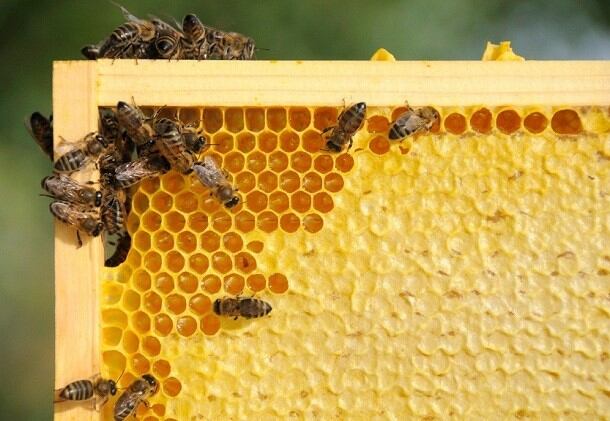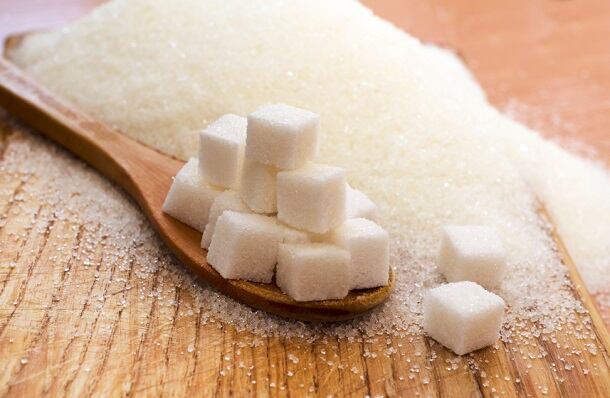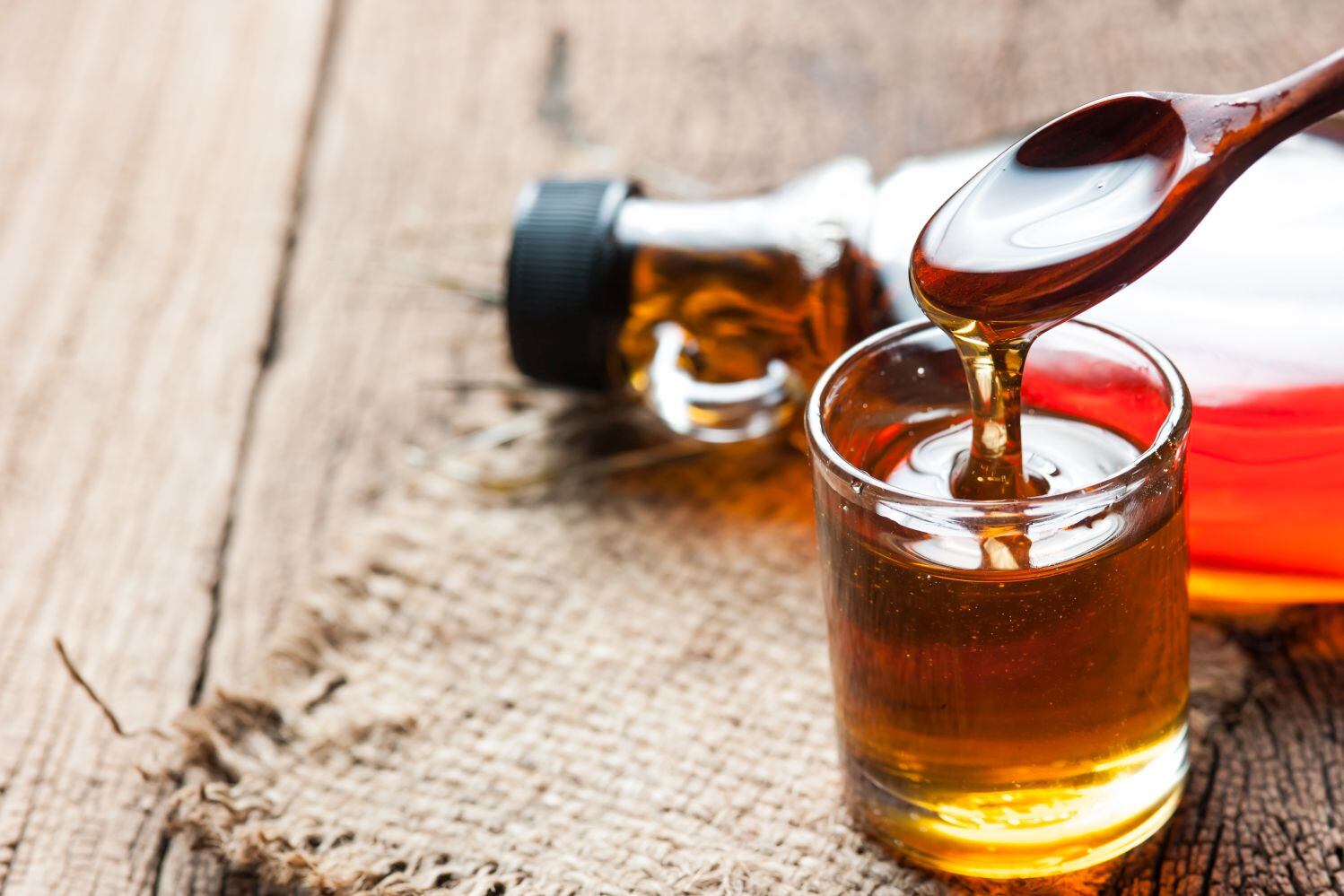“We’ve made it our goal to increase consumer awareness of the quality of added sugars in food products consistent with the recent dietary guideline recommendations,” which suggest Americans limit their intake of added sugars to less than 10% of their total daily calories in order to stay within calorie limits while also meeting their nutritional needs, FDA Commission Scott Gottlieb says in a letter to industry issued Sept. 6.
As such, he explained, the new Nutrition Facts Label includes a line for ‘added sugars,’ which is designed to help consumers distinguish between naturally occurring sugars, such as in fruits and vegetables, and caloric sweeteners that include, not only sugar, but also honey and maple syrup as well as other sweeteners.
Originally, FDA proposed that ‘added sugars’ be highlighted not only on processed foods, but also on foods that are “packaged as such,” meaning single ingredient products, such as a bag of sugar, a jar of honey or container of maple syrup.
Recognizing that “this new labeling information on ‘packaged as such’ products may inadvertently lead consumers to think their pure products, such as a jar of honey or maple syrup, may actually contain added table sugar or corn syrup because there are ‘added sugars’ listed on the label,” FDA proposed what it thought was a compromise: the use of an obelisk symbol on these products immediately following the added sugars percent daily value on pure maple syrup or pure honey that would direct consumers to an explanation of what added sugars actually means.
In more than 3,000 near universally negative comments to FDA, industry underscored the shortcomings of this strategy and decried the plan as ‘ridiculous.’
In response to this feedback, for which FDA is “grateful,” Gottlieb announced yesterday “a solution that we think will more adequately address concerns and provided needed clarity to consumers.”
Specifically, he said, the revised final guidance “will provide a path forward for pure, single-ingredient ‘packaged as such’ products that does not involve the standard ‘added sugars’ declaration on the Nutrition Facts label.”
It will, however, require the previously proposed percent daily value for these products, including for products like honey and maple syrup, he added.
“We believe that such a solution strikes the balance of addressing producer concerns that their products could be perceived as being economically adulterated while still informing consumers on how these products contribute to their daily added sugar intake,” he explained.
He also noted that he believes the new compromise “will both clarify requirements to successfully implement the Nutrition Facts label and achieve the goal of empowering consumers to use the new label to make informed and healthy dietary choices.”
Does the change go far enough?
The Sugar Association applauded the decision given “the inaccuracy and potential confusion of the agency’s initial rule,” but it also worries that the move does not go far enough.
“We are hopeful FDA recognizes that the most accurate label is one where retail bags and boxes of sugar state 0 grams added sugars,” the Sugar Association President and CEO Courtney Gaine said in a statement.
The association also stresses in its statement that this change in the final label guidance should not apply only to honey and maple syrup but to all pure single-ingredient sweeteners.
“The simple fact is that there are no added sugars in sugar,” Gaine said. “Sugar is extracted from plants; it is a pure, single ingredient product with nothing added to it.”



